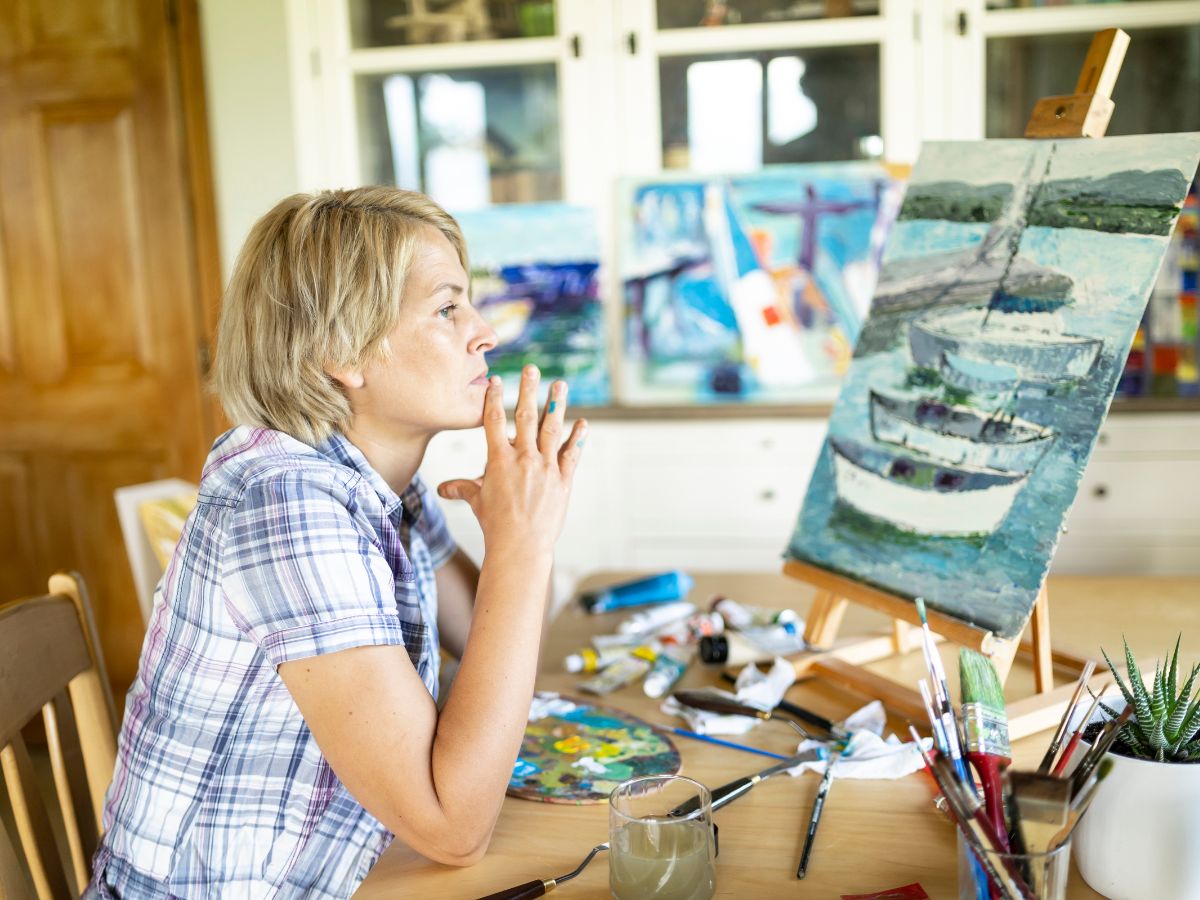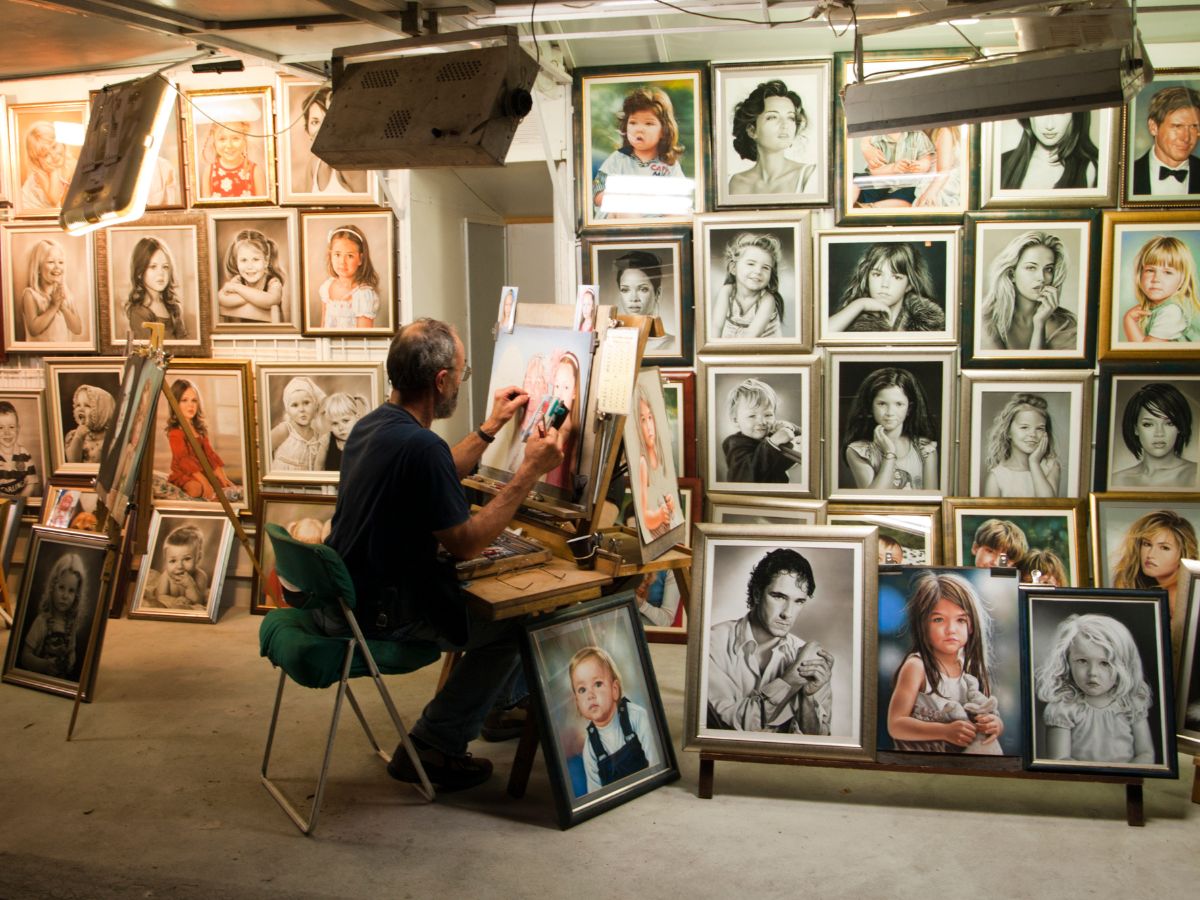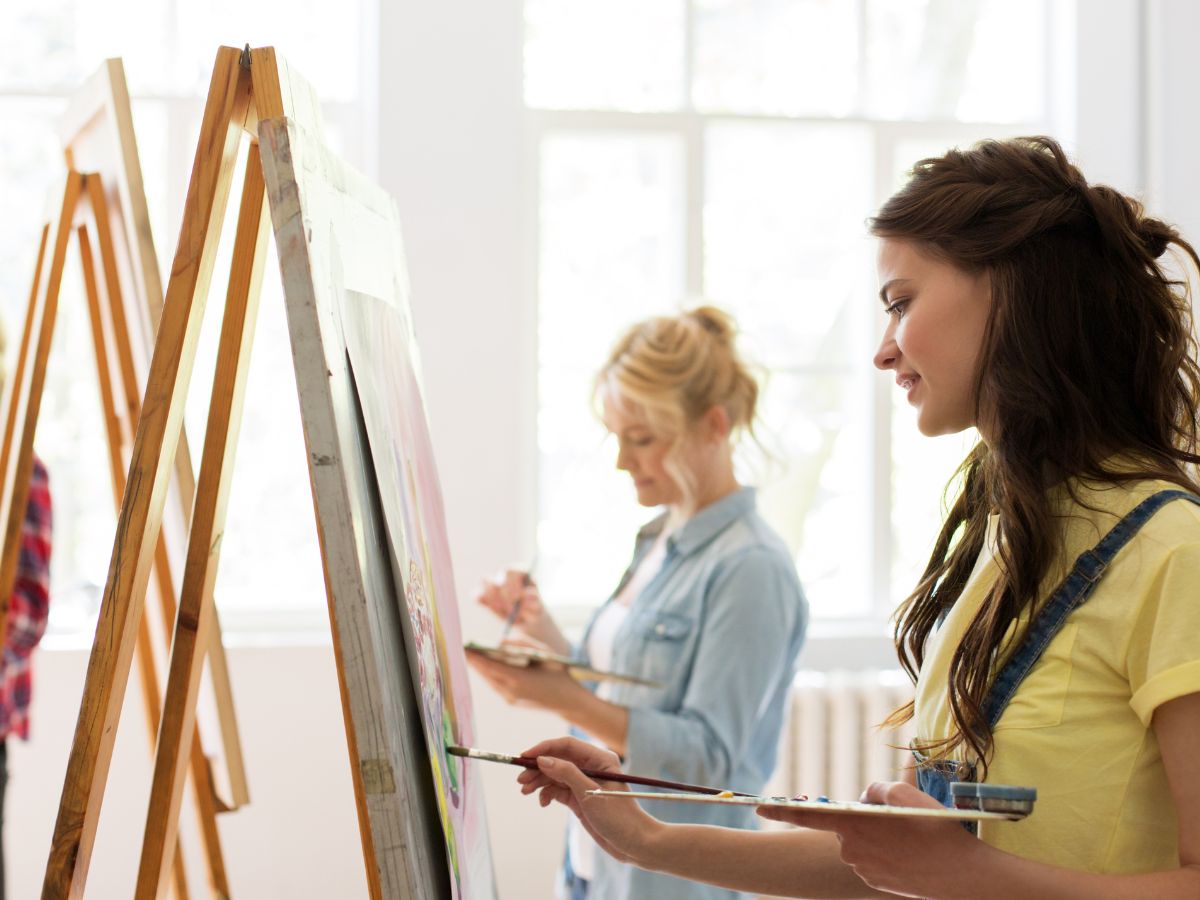
How Artists Can Overcome Feelings of Underappreciation
Artists often face the challenge of feeling that their work goes unappreciated or misunderstood, which can be discouraging, especially in an industry that’s highly subjective. However, several strategies can help transform these feelings into positive momentum. Here’s how to handle underappreciation while maintaining a focus on growth and fulfillment.
1. Reframe Feedback and Criticism
Receiving constructive criticism can be a valuable asset, even if it feels negative initially. Constructive feedback allows artists to identify areas for improvement and sharpen their skills. Even feedback from those outside the art world can offer a fresh perspective.
Untrained viewers often notice elements that trained artists might overlook, providing insights that help refine one’s work. Viewing feedback as a learning tool rather than a judgment can help maintain a positive mindset and prevent discouragement.
Embracing feedback was highlighted by artist Dan Scott, who points out that untrained observers can detect things professionals may miss. For artists, separating ego from their work and welcoming diverse opinions helps create art that resonates with a broader audience.

2. Redefine Success on Your Terms
What for you is success? Traditional markers of success, such as gallery exhibitions or high sales, are not the only measures of an artist’s worth. Artists can set personal goals, such as mastering a new technique or exploring a different medium, to find fulfillment outside of external validation.
Focusing on creative progress and self-improvement can shift the emphasis from others’ approval to personal satisfaction. By acknowledging personal accomplishments, artists can find fulfillment beyond social validation, allowing them to continue growing and evolving.
3. Build a Supportive Art Community
Connecting with other artists who share similar experiences is a powerful way to counter underappreciation. Peer groups and local art communities foster collaboration and mutual support, creating an environment where artists can share ideas and receive encouragement. Some artists find workshops and critique groups essential, as they offer constructive, actionable feedback in a structured environment.

4. Use Underappreciation as Motivation
Instead of being negative about it, use underappreciation to fuel your drive to produce more, improve your skills, and push your creative boundaries. Artists can leverage these feelings as motivation to explore new styles, techniques, or subjects, ultimately enriching their body of work.
While facing underappreciation can be difficult, learning to embrace feedback, redefine success, and connect with a supportive community allows artists to transform these challenges into growth opportunities.
By adopting these strategies, artists can focus on personal growth, creative fulfillment, and the resilience needed to thrive in a subjective and competitive field.